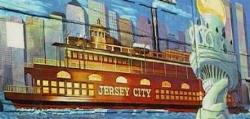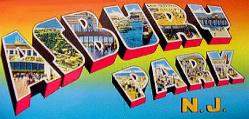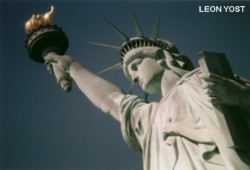 |  |  |
|
| ||
 |  |  |
 |  |  |
|
| ||
 |  |  |
|
|
Van Der Donck says that the "wampum with which a woman's skirt was embroidered was frequently worth from one to three hundred guilders." They wore, also, wampum embroidered caps and head bands, the latter worn across the forehead and tied behind in a " beau's knot." Many earrings and curiously wrought necklaces and bracelets, with various colored feathers in their hair were worn by both men and women. Wampum and "seawant" as it was also called, were the Indian terms for beads made from clam shells. By the primitive methods of the Indians the beads were difficult to make, being ground down on -grooved stones, and pierced by a sharp splinter of flint fastened in one end of a reed, the other end being slowly revolved upon the right thigh while the bead to be pierced was held between the thumb and forefinger of the left hand. The beads were usually from 1/8 to 1/4 of an inch in length, and because of the difficulty of manufacture they became one of the most valuable Indian possessions and to a certain extent a standard of value. Long Island, called by the Indians Sewan-hackey -- land of shells -- which was inhabited by branches of the Lenni Lenape family was the great center of wampum manufacture. There were specialists who devoted their time to making wampum. It was largely used by all of the eastern Indians, not alone for embroidery and ornamentation, but in record belts which were used in their treaties. The two colors, white and purple, being wrought into figures which were mnemonic and enabled the 11 wampum keepers " to remember the words of the speech which were " talked into " the belt presented at the time. It was used- in bunches of strings, strung in a certain manner, to represent the hereditary Chieftain name, and from the convenience of carrying it, it had become nearer to being a recognized currency than anything else of value among the Indians. Therefore it was used among the white colonists all along the coast, not only for the Indian trade but among themselves until late in the 18th century.' They gave it a' corresponding value to their own currency. At one time four black and eight white beads equalled a stiver, 'but in 1673 the Governor and Council of New Jersey decreed that henceforth three purple and six white wampum beads should equal one stiver or an English penny; twenty stivers, a guilder. As currency it was usually carried in, strings, one hundred and fifty in a string, a " fathom of wampum " is often mentioned by early writers, and it was also used loose. The following list will show the value in 11 seewan " of the kinds of money. mostly received by the Deacons of Bergen:
| st. | |
| A piece of eight was worth | f12.00 in seewan |
| A realtje, about | 1.10 in seewan |
| A loan dollar | 11.00 in seewan |
| A pound English | 40.00 in seewan |
| so that $1 American was worth | 8.00 in seewan |
|
|
|
|
 Your Ancestors' Story |
 Bruce Springsteen's Jersey Shore Rock Haven! |

|
UrbanTimes.com |